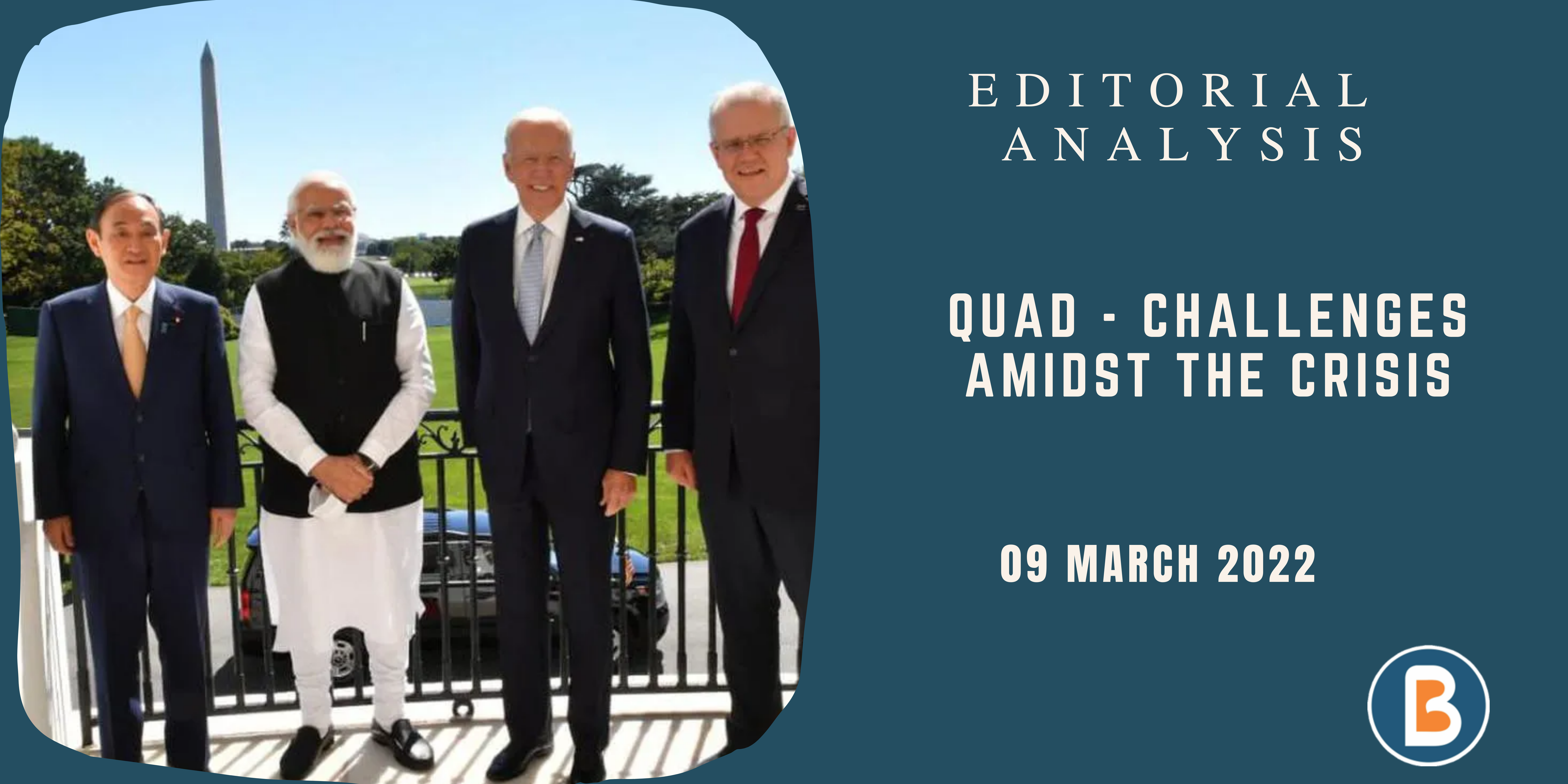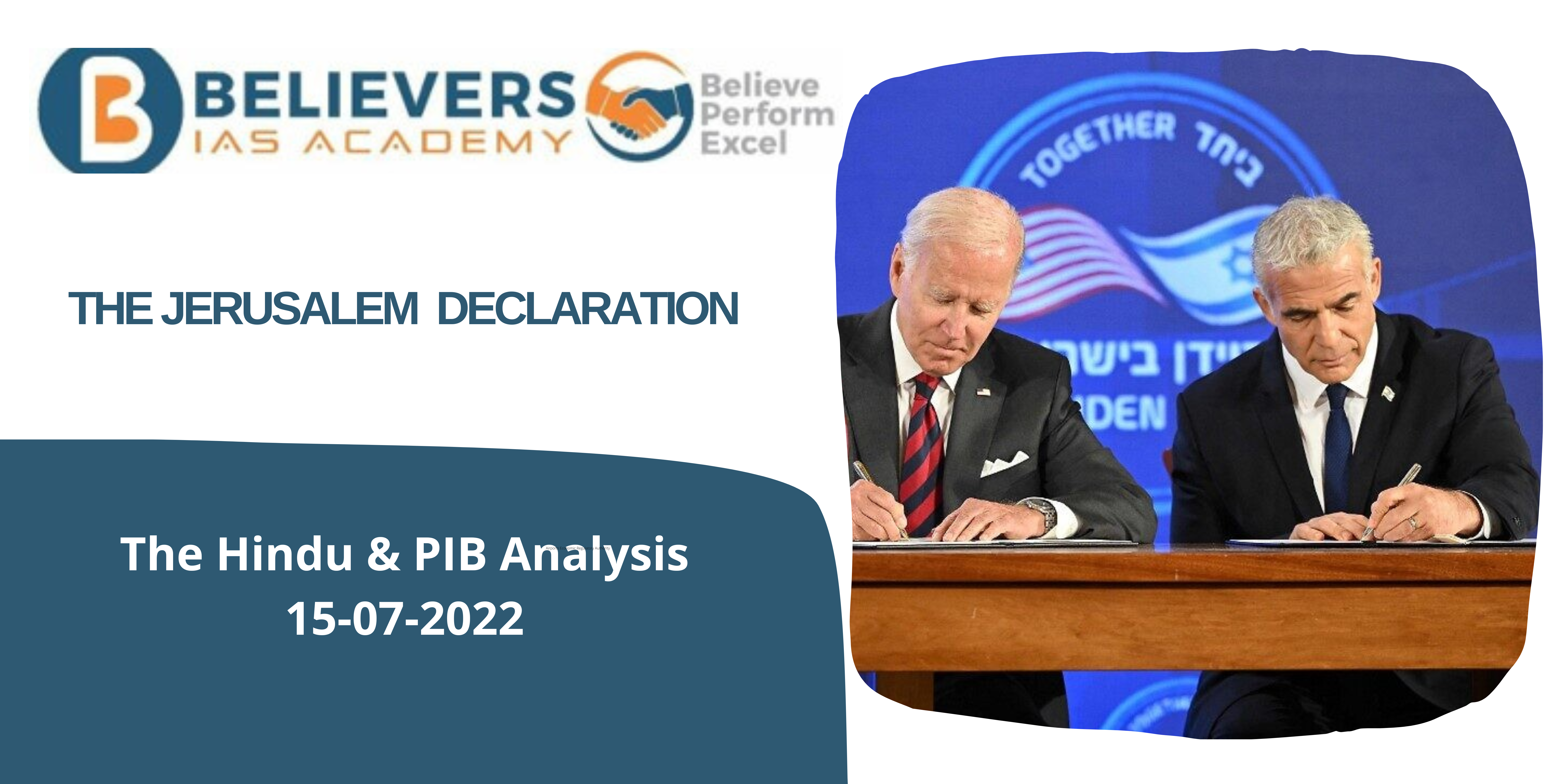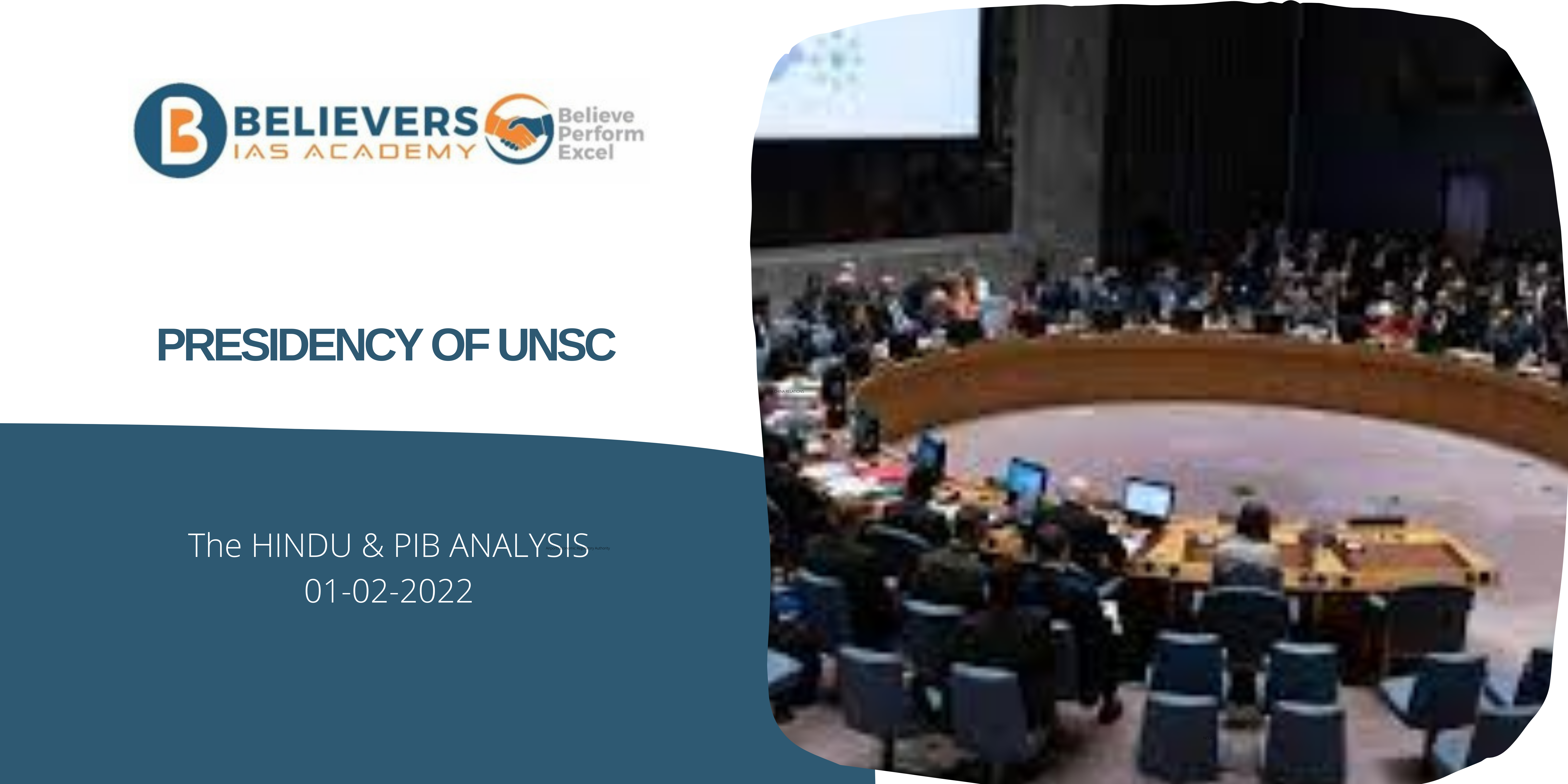QUAD – Challenges Amidst The Crisis
Context:
- Foreign Ministers of Australia, India and Japan and the Secretary of State of the United States met in Melbourne, Australia on February 2022, for the fourth Quad Foreign Ministers’ Meeting.
- In meeting, it was reaffirmed that the Quad’s commitment to supporting Indo Pacific countries’ efforts to advance a free and open Indo-Pacific – a region which is inclusive and resilient, and in which states strive to protect the interests of their people, free from coercion.
Background:
- The growing strategic relevance of the Indo-Pacific region has underpinned the evolution of both Quad 1.0 and2.0.
- Ever since the term Indo-Pacific was mentioned in the works of the German strategic thinker Karl Haushofer in 1924, it has figured prominently in many subsequent works of literature focusing on the geopolitics of the Indian and Pacific Oceans.
- The contours of the Indian-Pacific maritime space encompass both the Indian Ocean and the Western Pacific along with its littoral regions that include East Africa, West, South and East Asia, Southeast Asia and Oceania.
- This region has gained enormous strategic relevance due to the ensuing geopolitical factors post the Cold War, which include Asia’s rise as a global geo-economic centre of gravity with the maritime trade taking place in the Indo-Pacific becoming the lifeline of growing economies.
- This growing geostrategic significance of the Indo-Pacific has been accompanied by the hegemonic rise of an assertive China and the threat to the security of Sea Lanes of Communication (SLOC) emanating from both traditional and non-traditional sources.
Indo – Pacific:
- The scope of Quad is defined by both aspects of axiom and conundrum which is reflected through the perspectives of the individual Quad nations on the evolving geopolitics of the Indo-Pacific.
- The axiom is denoted through the shared perspective of the four Quad nations that refutes the description of the grouping as an alliance or as an ‘Asian NATO’, but as a value-based partnership with a shared vision for a ‘Free and Open Indo-Pacific’ and promotion of rules-based international order.
- Shared values on democracy, connectivity and regional stability are other binding factors that define the strategic convergences of the Quad nations.
- On the other hand, the elements of conundrum are reflected through the divergent interests among the Quad nations, the perception of the grouping by some observers as Cold War redux to blindly counter China and the absence of an institutional framework that contributes to the uncertainty in the sustenance of Quad.
- These axioms and conundrums are reflected in the joint statements that have been issued since 2017 and the nomenclatures that are mentioned in those statements which indicate both the convergence and the divergence amongst the Quad members.
Source The Hindu




